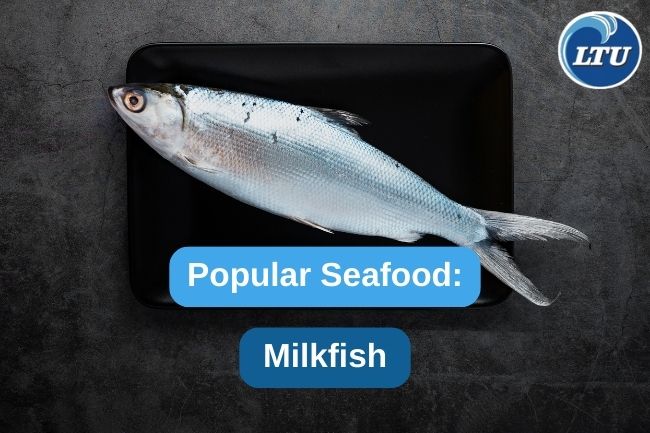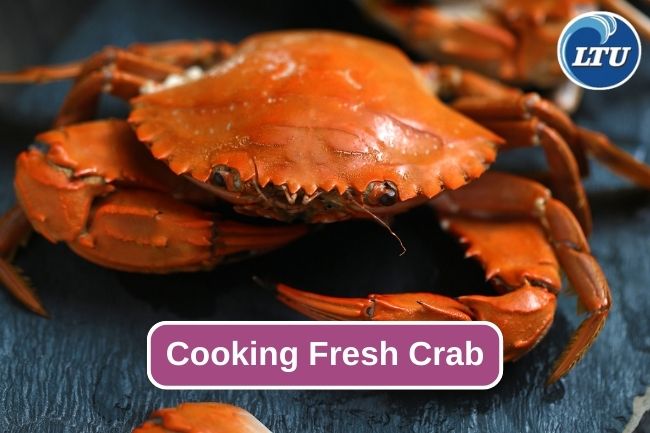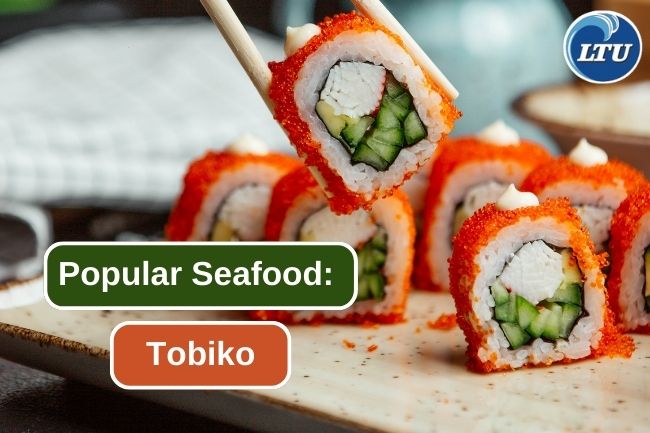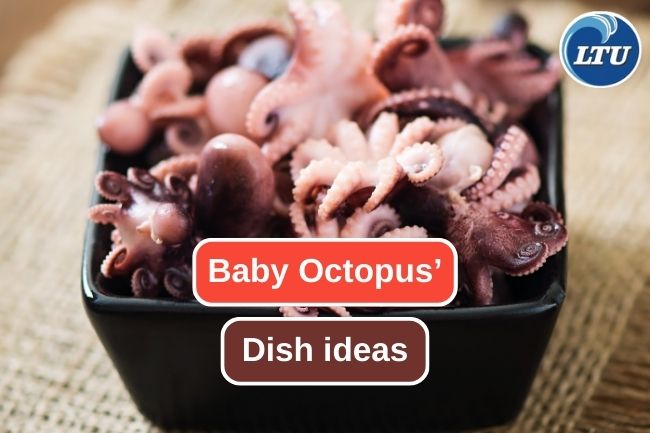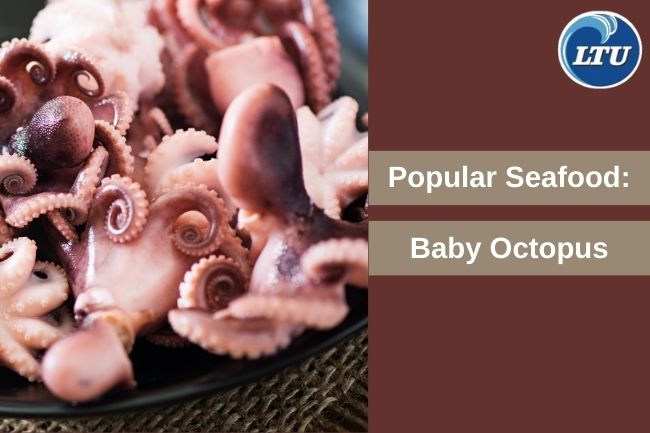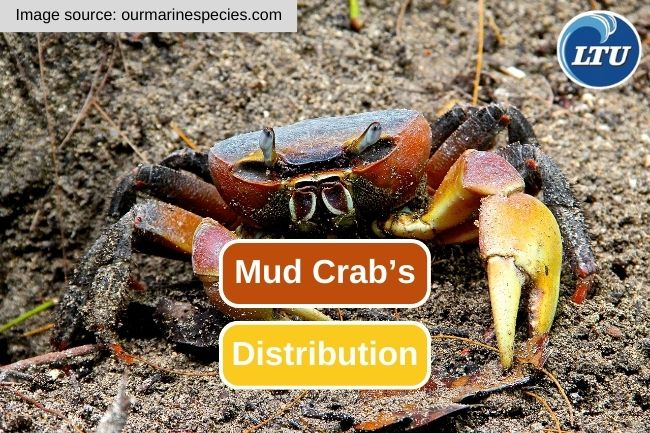Yellowfin Tuna Catching Season
By. Nevanda - 16 Aug 2023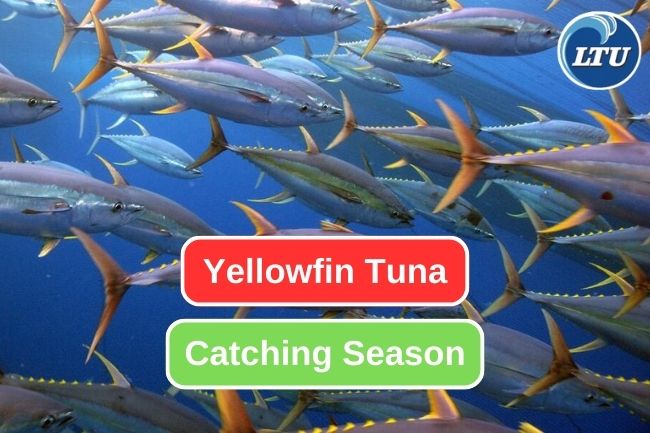
lauttimur.com - Yellowfin tuna (Thunnus albacares), is one of the most valuable pelagic fish species in the world. While it is known for its delicious meat quality, it also has a fishing season that has a significant impact on the fishing industry and marine ecosystems.
The fishing season for yellowfin tuna can vary depending on the geographical location and environmental conditions in different water areas. Generally, the fishing season occurs during the summer and early fall periods, when ocean water temperatures are warmer and food resources are abundant.
Read also: Making Chamchi Gimbap at Home
The fishing season for yellowfin tuna is influenced by various factors, including the seasonal movement of these fish. Yellowfin tuna are known to be a migratory species, moving in large groups in search of abundant food sources and a favorable environment for reproduction. Some important aspects of this fishing season and migration include:
1. Seasonal Patterns
The fishing season for yellowfin tuna varies in different regions, depending on the climate and migratory movements of these fish. In general, the fishing season tends to occur during the summer and early fall periods when water temperatures are warmer and food sources are abundant.
2. Trans-Oceanic Movement
Yellowfin tuna are known for their movements across oceans in search of suitable environmental conditions. They can travel long distances from warmer to cooler climates in search of food and breeding grounds.
Read also: Creating Exquisite Dish: Salmon Carpaccio
3. Stopover Sites
Although yellowfin tuna make long migrations, they often stop in areas rich in food, such as near underwater structures like seamounts, surface streams, and kelp beds.
The yellowfin tuna fishing season is an important event in the fishing industry and marine ecology. With a better understanding of the migratory patterns, environment and human pressures on these fish populations, we can design more effective conservation efforts. Ensuring that these catches are sustainable is an important step in maintaining a balanced marine ecosystem and ensuring that yellowfin tuna will remain present in our seas for generations to come.
Read also: Here are 10 Cooking Ideas Using Kamaboko

